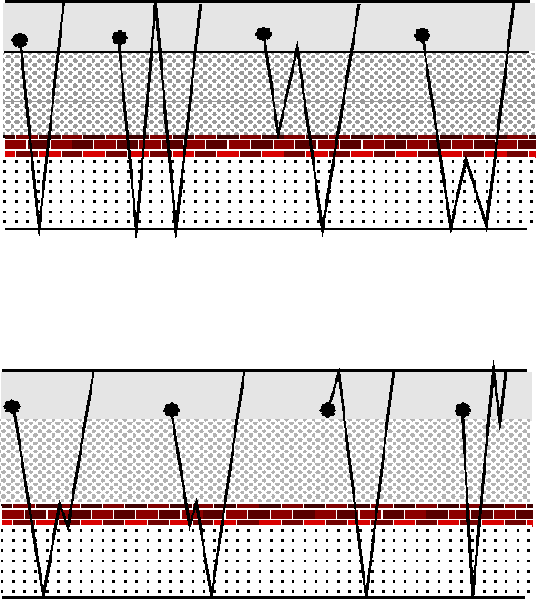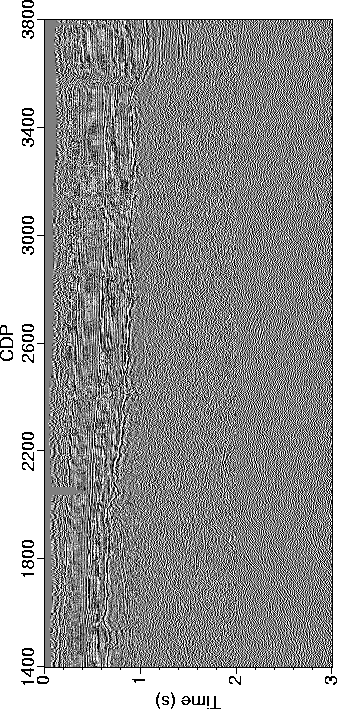




Next: Theory Overview
Up: Alvarez: Multiple suppression
Previous: Alvarez: Multiple suppression
Accurate interpretation of subsurface seismic images is of the
utmost importance for oil exploration and production. To achieve this goal it
is necessary not only that the images be of good quality, but also that they
correspond exclusively to the energy from the primary reflections, that is,
those reflected from only one subsurface interface before their recording
at the surface of the earth. Any other form of energy is
undesirable. Such energy may correspond, for instance, to refractions, surface
noise, guided waves and multiple reflections. They are collectively
called coherent noise. Multiple reflections, energy that has been
reflected at more than one interface, are particularly troublesome for seismic
interpretation since they can be easily mistaken as primary reflections.
Figure 1 shows a schematic
representation of some of the more common forms of multiples.
In general, long period multiples are more common in marine data, whereas
short period multiples are more common in land data.
mul_esq1
Figure 1 Broad multiple classification. Left:
long period multiples. Right: short period multiples.

Multiple reflections are particularly difficult to discriminate from
primary reflections in land data because they generally lack the familiar
periodicity associated with marine data multiples. This has led to the
misconception that multiple reflections are only a problem with marine data.
Seismic interpretation in
areas such as the one illustrated here can be severely jeopardized by the
presence of short period multiples which are extremely difficult to identify.
Figure 2 shows such a seismic line.
It will be shown later that it is plagued with multiple reflections;
but just from the seismic section,
there is no way to tell immediately which reflections are multiples.
The suppression of multiples in seismic data processing can be
achieved by several means of which filtering in the parabolic Radon Transform
domain is the most common Hampson (1986). This process will be
described in some detail and the results of its application to the seismic line
in Figure 2 are presented. It is
shown that the suppression of the multiples not only produce a more faithful
image of the subsurface, but has the added benefit of allowing for the
computation of more accurate NMO-stacking velocities.
res2_stack.rot
Figure 2 Stacked seismic
section. Which reflections are multiples?






Next: Theory Overview
Up: Alvarez: Multiple suppression
Previous: Alvarez: Multiple suppression
Stanford Exploration Project
4/29/2001


